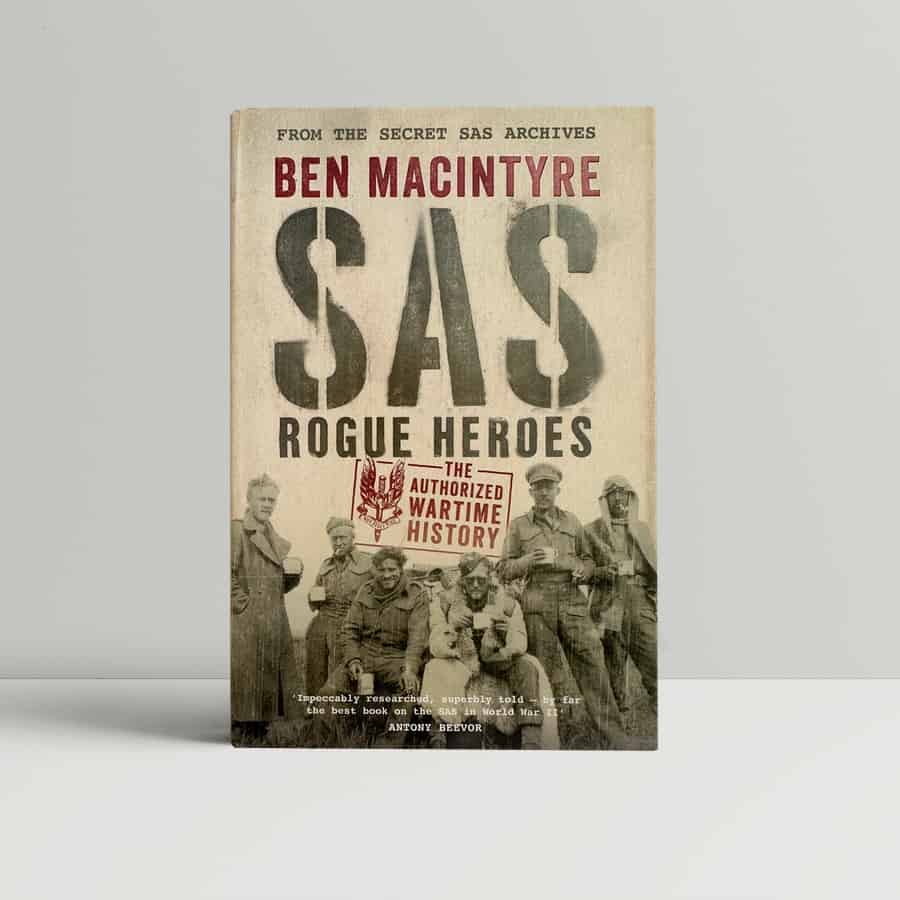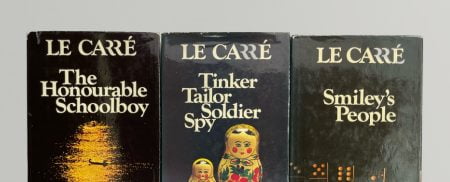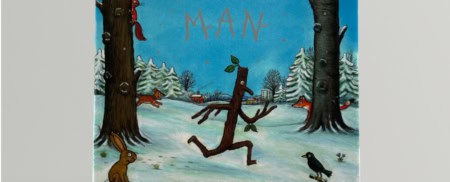SAS Rogue Heroes
“SAS: Rogue Heroes” by Ben Macintyre delves deep into the origins and evolution of the Special Air Service (SAS), an elite British military unit renowned for its daring exploits and unconventional tactics. Published in 2016, the book provides a captivating narrative of the SAS’s formation during World War II and its pivotal role in shaping modern special forces operations.
Macintyre meticulously traces the inception of the SAS back to the deserts of North Africa in 1941. With the British Eighth Army locked in fierce battles against Axis forces, a young and audacious Scottish officer named David Stirling conceived the idea of creating a small, highly trained commando unit capable of striking deep behind enemy lines. Stirling’s vision was to disrupt enemy communications, sabotage infrastructure, and sow chaos among enemy ranks—a concept that flew in the face of conventional military doctrine at the time.
What sets “SAS: Rogue Heroes” apart is Macintyre’s vivid portrayal of the colourful characters who formed the early ranks of the SAS. Stirling handpicked a motley crew of misfits, adventurers, and mavericks, drawn from various branches of the military. These men, often referred to as “Stirling’s Desperados,” possessed a unique blend of skills, including marksmanship, survival expertise, and a penchant for risk-taking. Macintyre skilfully brings these characters to life, offering insights into their backgrounds, motivations, and the challenges they faced in forging a cohesive unit out of disparate individuals.
Central to the narrative is Stirling himself, a charismatic and unorthodox leader whose unwavering determination and audacity inspired loyalty and devotion among his men. Despite facing skepticism and resistance from military higher-ups, Stirling pressed ahead with his vision, demonstrating remarkable resourcefulness and resilience in the face of adversity. Macintyre portrays Stirling as a visionary pioneer whose unorthodox methods laid the groundwork for modern special forces operations.
The book chronicles the SAS’s daring raids and covert missions across the North African desert, where they struck with precision and stealth against Axis targets. Macintyre vividly recounts the adrenaline-fuelled escapades of the SAS, from sabotage operations behind enemy lines to audacious desert patrols and ambushes. These actions not only inflicted significant damage on Axis forces but also boosted morale among Allied troops and struck fear into the hearts of the enemy.
One of the most gripping aspects of “SAS: Rogue Heroes” is its exploration of the psychological and physical toll of operating behind enemy lines. Macintyre delves into the mental and emotional strain experienced by SAS operatives, who often faced extreme conditions, isolation, and the constant threat of capture or death. Through firsthand accounts and interviews with surviving members of the SAS, Macintyre provides a poignant portrayal of the human cost of warfare and the bonds forged in the crucible of combat.
As the war progressed, the SAS’s exploits expanded beyond North Africa, with operations in Sicily, Italy, France, and beyond. Macintyre meticulously documents the evolution of the SAS’s tactics and capabilities, from parachute drops and amphibious assaults to vehicle-mounted raids and close-quarter combat. The unit’s adaptability and flexibility were key to its success, allowing it to operate effectively in diverse terrain and environments.
However, “SAS: Rogue Heroes” also examines the darker side of the SAS’s history, including allegations of misconduct and controversy surrounding certain operations. Macintyre does not shy away from addressing the complexities and moral ambiguities of war, highlighting instances where the line between heroism and questionable conduct blurred. These candid insights add depth and nuance to the narrative, challenging readers to confront the ethical dilemmas faced by those who serve in elite military units.
In addition to its gripping storytelling, “SAS: Rogue Heroes” offers valuable insights into the legacy of the SAS and its enduring impact on military doctrine and strategy. Macintyre traces the influence of Stirling’s pioneering vision on subsequent generations of special forces units, highlighting the SAS’s role as a trailblazer in the field of unconventional warfare. By chronicling the trials and triumphs of the SAS’s early years, Macintyre pays homage to the courage, sacrifice, and ingenuity of those who dared to be rogue heroes.
Please click here for our first edition copy of SAS: Rogue Heroes










